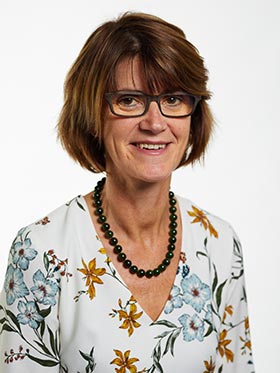
Health Quality & Safety Commission patient safety specialist Leona Dann told the College of Critical Care Nurses (CCCN) in late March that a safer and resilient health-care system was achieved, not by preventing errors (“that’s like trying to understand a successful marriage by only looking at the divorces”), but with a deeper understanding of what contributed to a safe system.
That meant creating the “space and respect for different voices to be heard”, Dann said. “The focus must be on how we create the conditions for success – a strengths-based approach, where psychological safety is paramount.” Listening to and acting on concerns was also crucial.
A health system is complex, and is made safer by people being adaptable – able to adjust their actions “even when the unexpected happens”, Dann said.
“Complexity is the challenge – people are the solution,” she told college members at an education session ahead of their annual general meeting, held via Zoom. Many different perspectives, team work and a distributed leadership model all contributed to a safer system.
Moving from focusing on preventing errors to understanding safety was something that occurred every day, by working as a team and responding to events, Dann said.
Patient safety, as a concept, had been around for about 20 years, over which period the health environment had grown increasingly complex. According to the World Health Organization, one in 10 patients experienced harm while in hospital, she said.
She cited Danish psychologist and patient safety expert Erik Hollnagel – “the father of resilient health care” – who said “the key feature of a resilient system was the ability to adjust how it functions”.
To be resilient, a system must be designed to support adaptations – “to anticipate, monitor, respond and learn” – beyond any one person’s performance or error. “So resilient health care understands that systems are made of people… so we need to understand how humans work.”
Dann said achieving resilient health care in Aotearoa required:
- The inclusion of a te ao Māori perspective.
- A person-centred approach.
- Understanding of how all parts contribute to the whole system of care.
- A dynamic system to cope with uncertainty.
The commission is working with a “three pou” model to help understand resilient health care in Aotearoa through a te ao Māori world view:
- Pou tuarongo (back post): understanding our purposes.
- Pou tamanawa (middle post): understanding our relationships.
- Pou tahu (front post): understanding the effect of our actions.
Dann said the commission was encouraging DHBs to look at patient safety by understanding the work done from the perspective of staff doing the actual work.
In summary, she said resilient health care aligned with a te ao Māori approach and recognised that people worked in a complex, adaptive system. It was people and teams who created safety and systems should be designed around them.
A commission hui on resilient health care in is planned for November 23 and a hui on restorative practice for June 30, both in Wellington. Details can be found at Health Quality & Safety Commission New Zealand.



